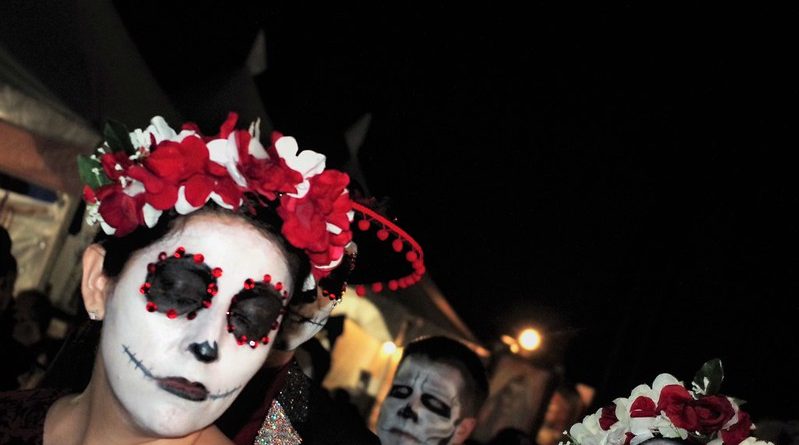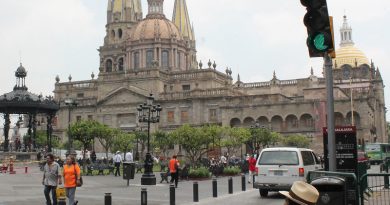Day of the Dead
The Day of the Dead is a holiday traditionally celebrated at the end of October or early November . It originated. In Mexico where it’s thought the pre Hispanic indigenous population adopted the practice in response to All Souls Day , or All Saints Day ,commemorated at the same time and brought to the country by its Spanish conquerors.
The multi-day holiday involves family and friends gathering to pay respects and to remember friends and family members who have died.
Traditions connected with the holiday include honoring the deceased using calaveras and Aztec marigold flowers ,building home altars stacked with the favorite foods and beverages of the departed, and visiting graves with these items as gifts for the deceased.
The intent is to encourage visits by the souls, so the souls will hear the prayers and the words of the living directed to them.
It is also common to give gifts to friends such as candy sugar skulls, to share traditional pan de muerto with family and friends.
Plans for the day are made throughout the year, including gathering the goods to be offered to the dead. During the three-day period families usually clean and decorate graves;most visit the cemeteries where their loved ones are buried and decorate their graves with the altars which often include the orange Mexican marigolds sometimes called the ‘Flower of Dead’ .These flowers are thought to attract souls of the dead to the offerings. It is also believed the bright petals with a strong scent can guide the souls from cemeteries to their family homes.
Toys are brought for dead children and bottles of tequila, mescal or the traditional Aztec drink ,pulque , for adults. Families will also offer trinkets or the deceased’s favorite candies on the grave.Pillows and blankets are left out so the deceased can rest after their long journey. In some parts of Mexico, people spend all night beside the graves of their relatives. In many places, people have picnics at the grave site, as well.
During Day of the Dead festivities, food is both eaten by living people and given to the spirits of their departed ancestors as offerings. Tamales are one of the most common dishes prepared for the day .
Some families builld small shrines in their homes. These sometimes feature a Christian cross , statues or pictures of the , pictures of deceased relatives and other people, scores of candles, and an ofrenda. Traditionally, families spend some time around the altar, praying and telling anecdotes about the deceased.
Mexican academics are divided on whether the festivity has genuine indigenous pre-Hispanic roots or whether it is a 20th-century rebranded version of a Spanish tradition developed during the presidency of Lazaro Cardenas to encourage Mexican nationalism through an “Aztec” identity.The festivity has become a national symbol in recent decades and it is taught in the nation’s school system asserting a native origin.




